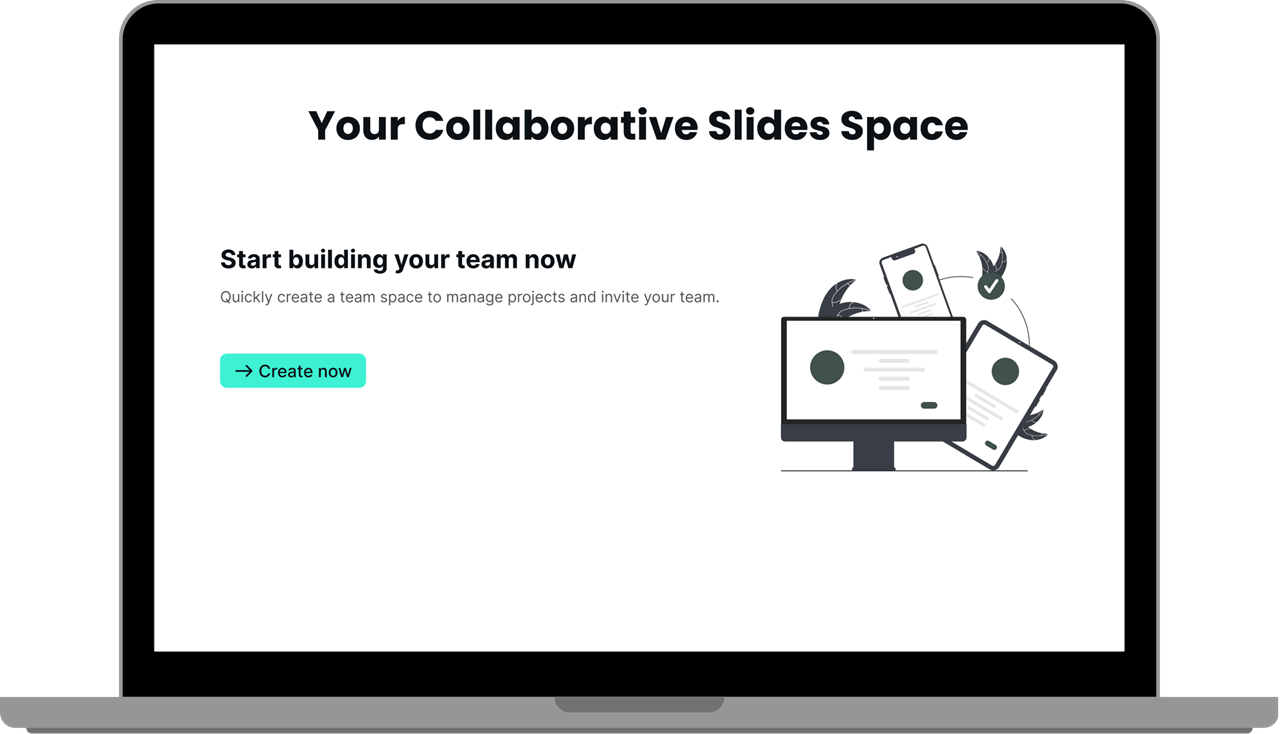
In the fast-paced digital landscape of today, effective communication is vital, and PowerPoint presentations have become a standard medium for sharing ideas, whether in classrooms, boardrooms, or online platforms. However, there are instances where you need to ensure that your presentation retains its formatting and can be viewed consistently across various devices. Converting your PowerPoint presentation to a PDF file is the solution, offering universal accessibility and maintaining the integrity of your content. In this comprehensive guide, we will explore the intricacies of converting a PowerPoint presentation into a PDF, addressing common issues, and introducing advanced solutions.
I. Understanding the Significance of Converting PowerPoint to PDF
Converting a PowerPoint presentation into a PDF format is not merely a technical step; it holds significant implications. PDFs are universally accessible, meaning they can be viewed on any device without the need for specific software. Additionally, PDFs ensure that your content remains intact, irrespective of the platform, operating system, or version of the software used to view it.
II. Step-by-Step Guide to Convert PowerPoint to PDF
1. Utilizing PowerPoint Software: Open your PowerPoint presentation. Click on "File" in the menu bar. Select "Save As" and choose PDF as the format. Converting through PowerPoint software offers a straightforward method, ensuring your presentation's basic elements are preserved.
2. Exploring Online Conversion Tools: Research reliable online conversion platforms. Upload your PowerPoint file. Initiate the conversion process. Online converters are convenient, especially for those without PowerPoint software. However, quality may vary, so it's essential to choose a reputable platform.
III. AI Powerpoint Generators: Revolutionizing Presentation Creation
In recent years, AI-powered tools like those offered by Smallppt.com have revolutionized the way presentations are created. These tools analyze your content, generating visually appealing PowerPoint presentations automatically. While these tools are efficient, ensuring a seamless transition from AI-generated PowerPoint to PDF format requires attention to detail.
1. Addressing Formatting Challenges
AI tools may sometimes present formatting challenges, such as misaligned text or skewed images. Ensuring consistency requires manual intervention to refine the presentation before converting it into a PDF.
2. Preserving Interactivity
Preserving interactive elements like hyperlinks and embedded multimedia is essential. When converting an AI-generated PowerPoint to PDF, these elements need to be tested thoroughly to maintain the presentation's interactive nature.

IV. Troubleshooting Common Conversion Issues
Converting presentations can sometimes lead to problems like distorted images, font inconsistencies, or broken hyperlinks. This section will explore these challenges in detail, providing step-by-step solutions.
1. Addressing Distorted Images: Large images can get compressed during conversion. Optimizing image resolution before conversion is crucial to prevent distortions
2. Handling Font Inconsistencies: Fonts might appear different in PDF due to compatibility issues. Embedding fonts or using standard, universally supported fonts ensures consistency across platforms.
3. Fixing Broken Hyperlinks: Hyperlinks can become inactive during conversion. Manually validating and updating hyperlinks after conversion ensures they direct the audience to the intended resources.
V. Enhancing PDF Presentations for Maximum Impact
A PDF presentation isn't merely a static document; it can be enhanced to engage and captivate the audience effectively.
1. Interactive Navigation. Creating internal links within the PDF allows users to navigate easily, enhancing the user experience.
2. Visual Appeal. Utilizing visually appealing graphics and layouts ensures that your PDF presentation is not only informative but also visually engaging.
3. Concise Content. Condensing your content while retaining essential information ensures your presentation is impactful and easy to digest.
VI. Conclusion
Converting a PowerPoint presentation into a PDF is a fundamental skill in today's digital communication landscape. Whether you opt for traditional methods, online tools, or cutting-edge AI-powered solutions, ensuring a seamless conversion process is vital. By understanding the nuances of each method and addressing potential challenges, you can create PDF presentations that are not only visually appealing but also highly functional, ensuring your message reaches your audience effectively.


